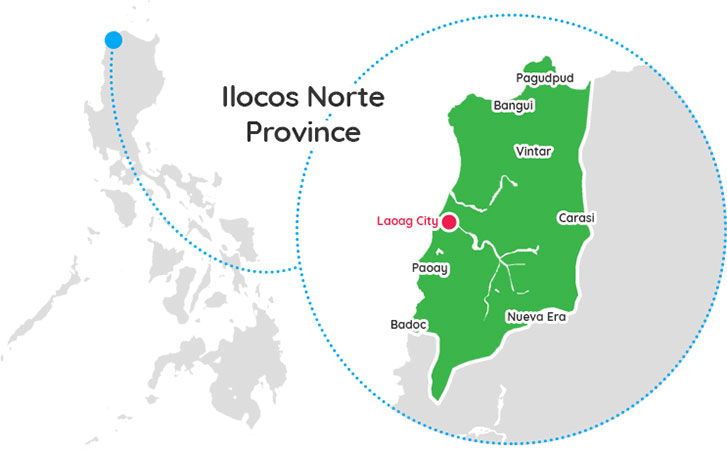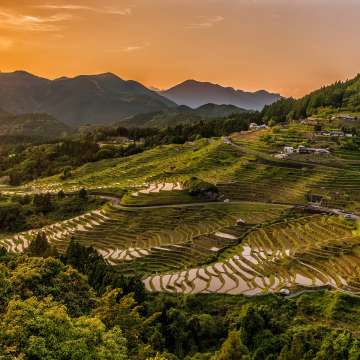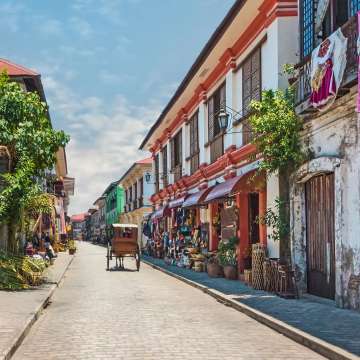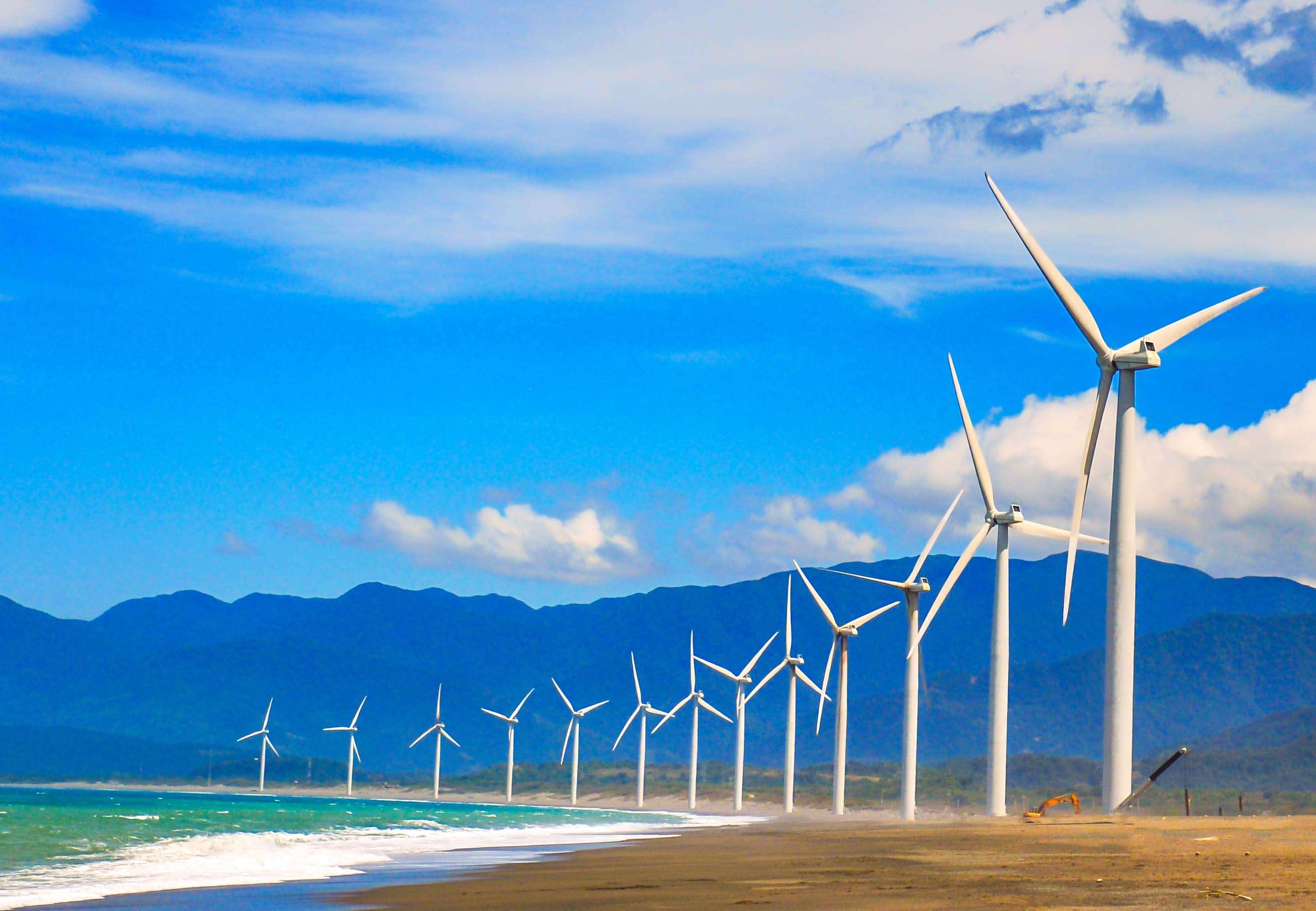About ilocos norte

Ilocos Norte, officially the Province of Ilocos Norte, is a province of the Philippines located in the Ilocos Region. Its capital is Laoag City, located in the northwest corner of Luzon Island, bordering Cagayan and Apayao to the east, and Abra to the southeast, and Ilocos Sur to the southwest. Ilocos Norte faces the West Philippine Sea to the west and the Luzon Strait to the north.
Ilocos Norte is noted for its distinctive geography and culture. This includes numerous examples of well-preserved Spanish colonial era architecture, particularly Saint William's Cathedral in Laoag with its sinking bell tower done in the Earthquake Baroque style, the St. Augustine Church in Paoay which is one of UNESCO's World Heritage Sites in the Philippines and the Cape Bojeador Lighthouse. Famous geographical features include the La Paz Sand Dunes, the beaches of Pagudpud, and the eroded calcarenite Kapurpurawan rock formation in Burgos. It is the birthplace of several notable Philippine leaders including former President Ferdinand E. Marcos, Philippine Revolutionary War general Artemio Ricarte and Iglesia Filipina Independiente co-founder Gregorio Aglipay. Three wind farms are located in Ilocos Norte. They are located in Burgos, Pagudpud and Bangui with the latter being the first wind power generation plant in the Philippines.
History
Long before the arrival of the Spaniards there existed an extensive region consisting of Ilocos Norte, Ilocos Sur, Abra and La Union. Merchants from Japan and China would often visit the area to trade gold for beads, ceramics and silk. The Austronesian inhabitants of the region called their place samtoy, from sao mi toy, which literally meant "our language".
In 1571, the Spanish conquistadors had Manila under their control and they began looking for new sites to conquer. Miguel Lopez de Legazpi's grandson Juan de Salcedo volunteered to lead one of these expeditions. Together with 8 armed boats and 45 men the 22-year-old voyager headed north. On June 13, 1572, Salcedo and his men landed in present-day Vigan then proceeded to Laoag, Currimao and Badoc. As they sailed along the coast they were surprised to see numerous sheltered coves (looc) where the locals lived in harmony. They named the region Ylocos and its people Ylocanos.
As the Christianization of the region grew so did the landscape of the area. Vast tracts of land were utilized for churches and bell towers in line with the Spanish mission of bajo las campanas. In the town plaza it was not uncommon to see garrisons under the church bells. Indigenous peoples living in the Ilocos Region, such as the Yapayao and Isneg, were slowly pushed into living in the sparsely populated but resource-rich mountains, which would expose them to conflicts with developers in later eras, such as during Martial Law under Ferdinand Marcos.
Spanish colonization of the region was not completely successful. Owing to the abusive practices of many Augustinian friars a number of Ilocanos revolted. Noteworthy of these were the Dingras uprising (1589) and the Pedro Almasan revolt (San Nicolas, 1660). In 1762 Diego Silang led a series of battles aimed at freeing the Ilocano. When he died from his friendly fire his widow Gabriela continued his cause. She too was captured and executed.
In 1807 the sugar cane (basi) brewers of Piddig rose up in arms to protest the government's monopoly of the wine industry. In 1898 the church excommunicated Gregorio Aglipay for refusing to cut off ties with the revolutionary forces of Gen. Emilio Aguinaldo. Unperturbed, he helped established the Iglesia Filipina Independiente.
In an effort to gain political control and because of the increasing population of the region, a Royal Decree was signed on February 2, 1818, splitting Ilocos into two provinces: Ilocos Norte and Ilocos Sur. Soon thereafter, La Union and Abra became independent provinces.
After the fall of Corregidor and the subsequent occupation of the Philippines by the Empire of Japan, a number of small guerilla groups formed in the area of Ilocos Norte, some of which resorted to banditry. Governor Roque Ablan Sr., with the help of Philippine Army Lt. Feliciano Madamba, was able to put together a guerilla unit to engage the Japanese forces and to rally the other guerilla groups into a common force. The leaders were assigned specific sectors using a system for distributing news and orders.
Listings in ilocos norte
More Provinces

ifugao
Ifugao is a landlocked province of the Philippines in the Cordillera Administrative Region in Luzon. The Rice Terraces of the Philippine Cordilleras and Banaue Rice Terraces are the main tourist attractions in the province. These terraces are believed to have been hand-carved into the mountains 2,000 years ago to plant ...read more

ilocos sur
Ilocos Sur is a province in the Philippines located in the Ilocos Region in Luzon. Located on the mouth of the Mestizo River is the capital of Vigan. The province is home to two UNESCO World Heritage Sites, namely, the Heritage City of Vigan and the Baroque Church of Santa ...read more



